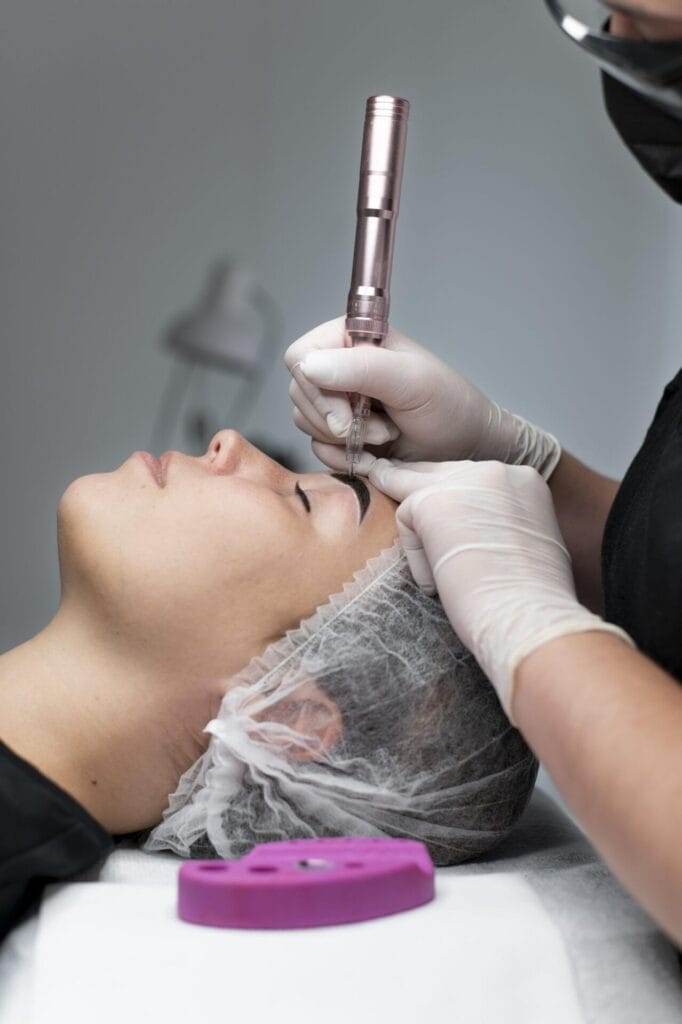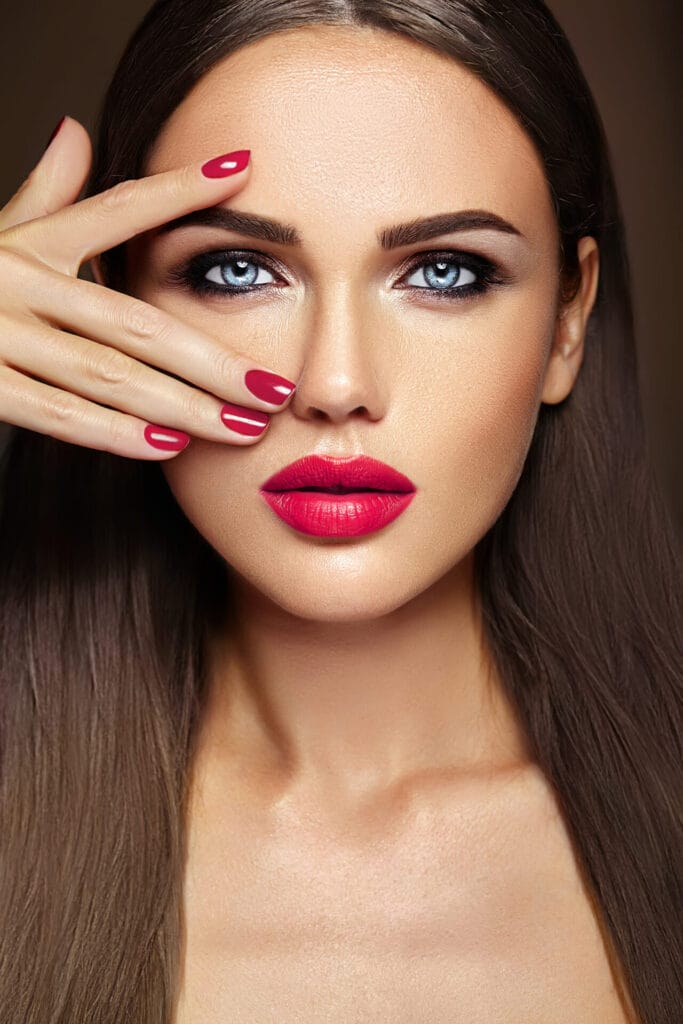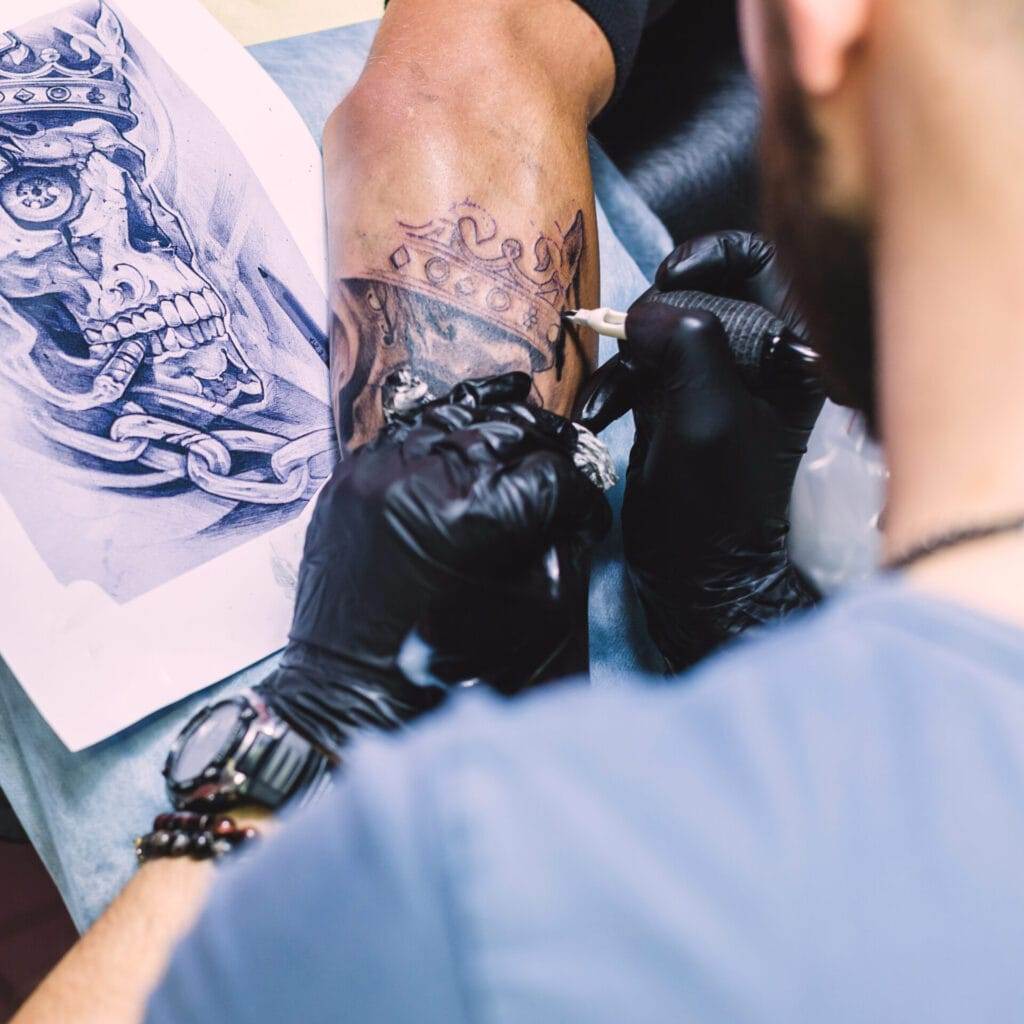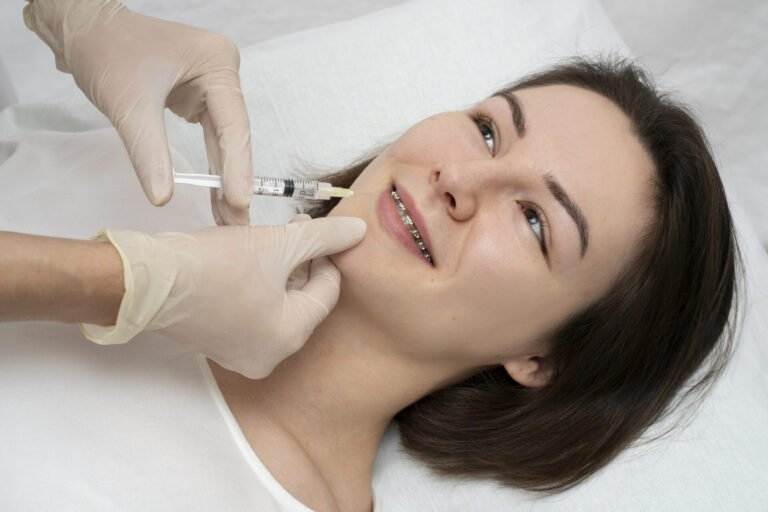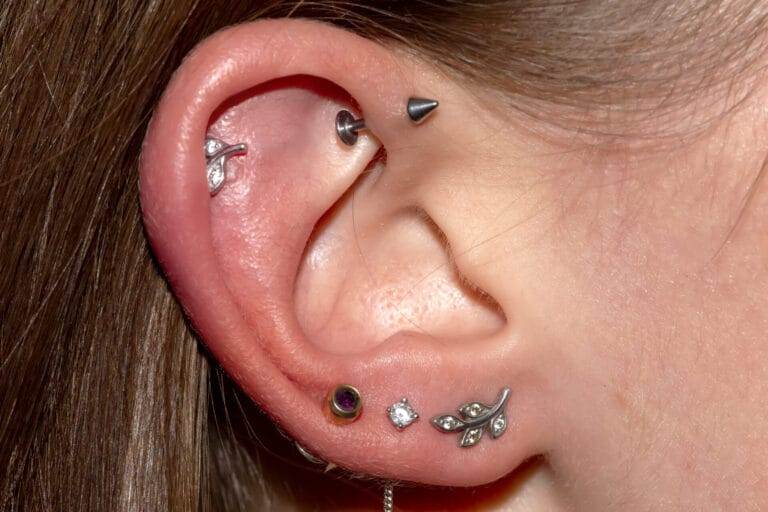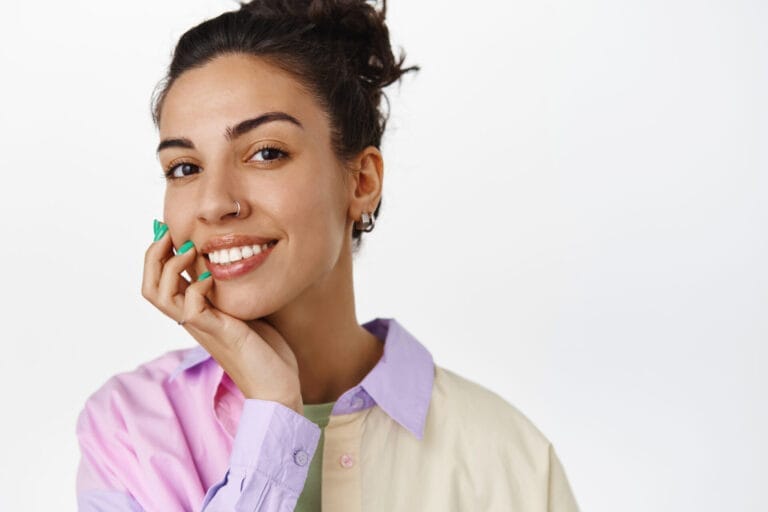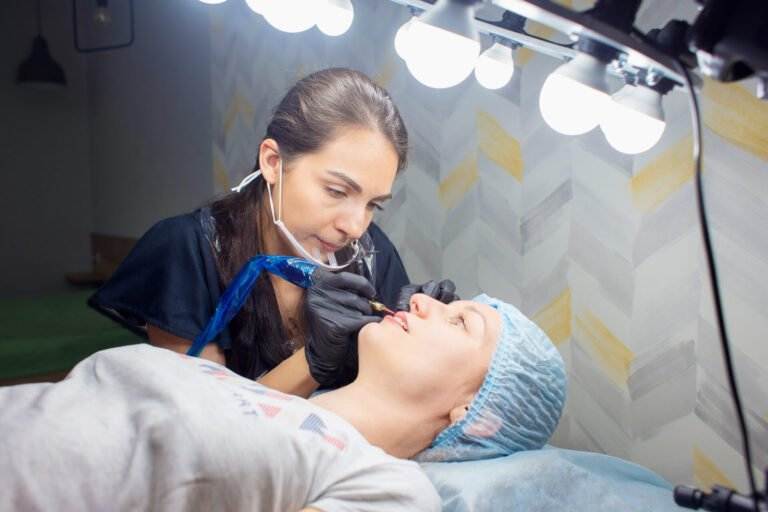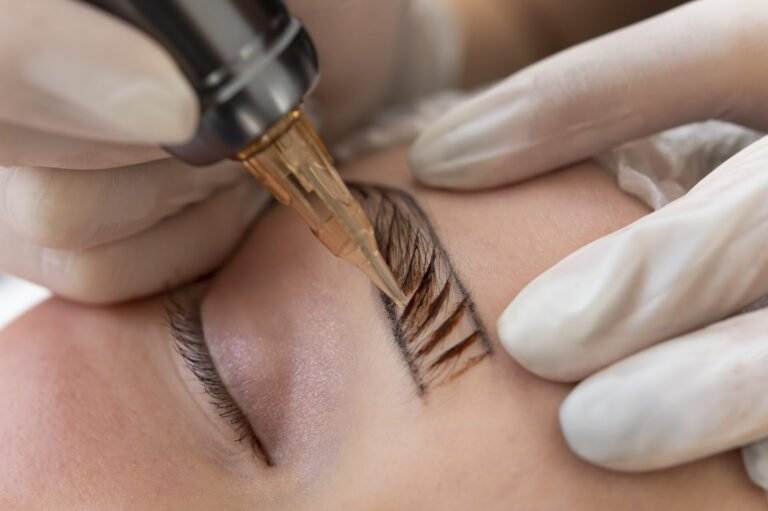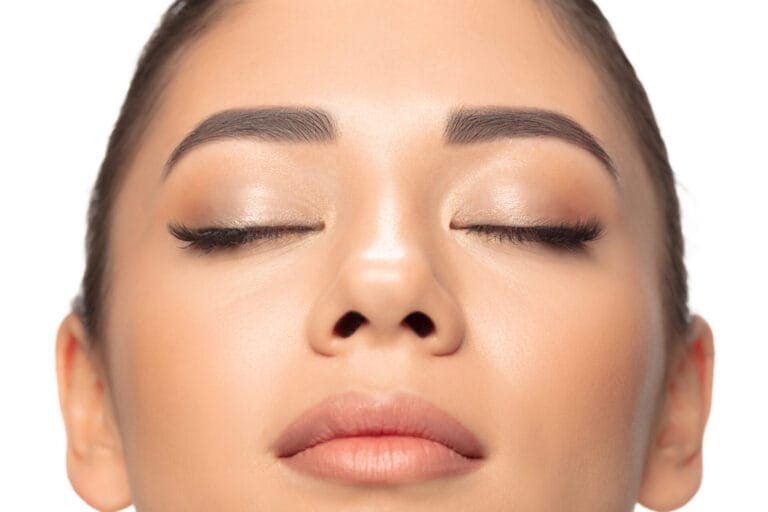In recent years, there has been a significant rise in the demand for personalized beauty services. Gone are the days of one-size-fits-all treatments and products. Consumers are now seeking customized solutions that cater to their individual needs and preferences. This shift towards personalization is not surprising, as it offers numerous benefits for both the beauty industry and consumers alike.
Personalized beauty services allow individuals to receive treatments and products that are tailored specifically to their unique needs. This means that they can address their specific concerns and achieve better results. Whether it’s skincare, haircare, or makeup, personalization ensures that each person receives the attention and care they deserve.
The Benefits of Personalized Beauty Services: Why It’s Worth the Investment
a) Customized treatments for individual needs
One of the key benefits of personalized beauty services is the ability to receive customized treatments that address individual needs. Everyone’s skin is different, and what works for one person may not work for another. By personalizing treatments, beauty professionals can target specific concerns such as acne, dryness, or aging.
For example, a person with oily skin may benefit from a facial treatment that focuses on deep cleansing and oil control. On the other hand, someone with dry skin may require a hydrating treatment to replenish moisture levels. By tailoring treatments to individual needs, beauty professionals can provide more effective solutions and help clients achieve their desired results.
b) Improved results and customer satisfaction
When beauty services are personalized, clients are more likely to see improved results and be satisfied with their experience. This is because personalized treatments are designed to address specific concerns and target problem areas. By focusing on individual needs, beauty professionals can provide more targeted solutions that deliver visible results.
For example, a person with fine hair may benefit from a volumizing treatment that adds body and lift. By using products and techniques that are specifically designed for fine hair, the stylist can create a hairstyle that appears fuller and more voluminous. This personalized approach ensures that clients are happy with the outcome and feel confident in their appearance.
c) Increased loyalty and retention
Personalized beauty services also have the potential to increase customer loyalty and retention. When clients receive treatments that are tailored to their needs, they feel valued and understood. This creates a sense of trust and loyalty towards the beauty professional or salon.
When clients are satisfied with their personalized experience, they are more likely to return for future services and recommend the salon to others. Word-of-mouth referrals are incredibly powerful in the beauty industry, and personalized services can help generate positive reviews and recommendations.
Understanding Your Skin Type: The Key to Personalized Skincare
a) The importance of identifying your skin type
Understanding your skin type is crucial when it comes to personalized skincare. Different skin types have different needs and require specific products and treatments. By identifying your skin type, you can customize your skincare routine to address your unique concerns and achieve optimal results.
There are four main skin types: oily, dry, combination, and normal. Oily skin tends to produce excess sebum, leading to a shiny appearance and a higher risk of acne. Dry skin lacks moisture and can feel tight or flaky. Combination skin is a mix of oily and dry areas, while normal skin is well-balanced with minimal concerns.
b) How to determine your skin type
To determine your skin type, you can perform a simple at-home test. Start by washing your face with a gentle cleanser and patting it dry. After 30 minutes, observe your skin in a well-lit area.
If your skin appears shiny all over, especially in the T-zone (forehead, nose, and chin), you likely have oily skin. If your skin feels tight or looks flaky, you may have dry skin. Combination skin will have oily areas in the T-zone and dry areas on the cheeks, while normal skin will have a balanced appearance with no major concerns.
c) Customizing your skincare routine based on your skin type
Once you have identified your skin type, you can customize your skincare routine accordingly. For oily skin, opt for oil-free cleansers and lightweight moisturizers. Look for products that contain ingredients like salicylic acid or tea tree oil to help control excess oil and prevent breakouts.
If you have dry skin, choose gentle cleansers and rich moisturizers that provide intense hydration. Look for products with ingredients like hyaluronic acid or ceramides to help lock in moisture and improve skin elasticity.
Combination skin requires a balanced approach. Use a gentle cleanser and lightweight moisturizer on the oily areas, and a more hydrating moisturizer on the dry areas. Consider using targeted treatments for specific concerns, such as a mattifying serum for oily areas or a hydrating mask for dry areas.
For normal skin, focus on maintaining its balance and overall health. Use a gentle cleanser, lightweight moisturizer, and sunscreen to protect against UV damage. Consider incorporating targeted treatments based on any specific concerns you may have.
Hair Type Matters: How Your Hair’s Texture and Thickness Affects Your Styling Needs
a) The impact of hair texture and thickness on styling
Just like with skincare, understanding your hair type is essential for personalized haircare and styling. Hair texture refers to the natural shape and pattern of your hair strands, while hair thickness refers to the density of your hair.
Different hair textures require different styling techniques and products. For example, curly hair tends to be more prone to frizz and requires products that provide moisture and definition. Straight hair, on the other hand, may benefit from volumizing products that add body and texture.
Hair thickness also plays a role in styling needs. Thick hair may require more time and effort to style, while thin hair may benefit from products that add volume and thickness.
b) Customizing hair treatments and styling based on hair type
Personalized hair treatments and styling techniques can help enhance the natural beauty of your hair. By understanding your hair type, you can choose products and techniques that cater to its specific needs.
For example, if you have curly hair, consider using a hydrating shampoo and conditioner to keep your curls moisturized and defined. Use a wide-tooth comb or your fingers to detangle your hair gently, as brushes can disrupt the curl pattern. Apply a curl-enhancing cream or gel to define your curls and reduce frizz.
If you have straight hair, consider using volumizing products to add body and texture. Use a round brush while blow-drying to create volume at the roots. Finish with a lightweight hairspray or texturizing spray for added hold and texture.
For thick hair, consider using products that provide moisture and control. Use a wide-tooth comb or brush designed for thick hair to detangle without causing breakage. Consider using a heat protectant spray before using hot tools to prevent damage.
Thin hair may benefit from volumizing products that add thickness and body. Use a lightweight shampoo and conditioner that won’t weigh down your hair. Consider using a root-lifting spray or mousse to add volume at the roots.
c) Tips for maintaining healthy hair
Regardless of your hair type, there are some general tips for maintaining healthy hair:
– Avoid excessive heat styling: Heat can damage your hair, so try to limit the use of hot tools like flat irons and curling irons. If you do use them, use a heat protectant spray beforehand.
– Protect your hair from the sun: UV rays can damage your hair, so protect it by wearing a hat or using products with UV filters.
– Use the right products: Choose shampoos, conditioners, and styling products that are specifically formulated for your hair type. Avoid products that contain harsh chemicals or sulfates.
– Don’t overwash your hair: Washing your hair too frequently can strip it of its natural oils. Aim to wash your hair every 2-3 days or as needed.
– Get regular trims: Regular trims help prevent split ends and keep your hair looking healthy and fresh.
Makeup for Your Skin Tone: The Importance of Customizing Your Makeup Routine

a) The impact of skin tone on makeup application
Skin tone plays a significant role in makeup application. Different skin tones have different undertones, which can affect how certain makeup shades appear on the skin. Understanding your skin tone and undertone is crucial for finding the right makeup shades that complement your complexion.
Skin tones are generally categorized as fair, light, medium, tan, or deep. Undertones can be warm, cool, or neutral. Warm undertones have a yellow or golden hue, cool undertones have a pink or blue hue, while neutral undertones have a mix of both.
b) Customizing your makeup routine based on skin tone
Customizing your makeup routine based on your skin tone ensures that you choose shades that enhance your natural beauty. Here are some tips for finding the right makeup shades for different skin tones:
– Fair skin: Opt for light to medium coverage foundations with pink or neutral undertones. Choose blushes in soft pinks or peaches and lip colors in light to medium pinks or nudes.
– Light skin: Look for foundations with yellow or neutral undertones. Choose blushes in soft corals or rosy pinks and lip colors in light to medium pinks or berries.
– Medium skin: Choose foundations with warm or neutral undertones. Look for blushes in warm peachy tones or rosy browns and lip colors in medium pinks or berries.
– Tan skin: Opt for foundations with warm or golden undertones. Choose blushes in warm coral or bronze tones and lip colors in medium to deep pinks or berries.
– Deep skin: Look for foundations with warm or red undertones. Choose blushes in deep plums or bronzes and lip colors in deep berries or reds.
c) Tips for finding the right makeup shades
Finding the right makeup shades can sometimes be challenging, but there are a few tips that can help:
– Test shades in natural light: Natural light provides the most accurate representation of how makeup shades will appear on your skin. When possible, test shades outside or near a window.
– Ask for samples: Many beauty retailers offer samples of foundations and other products. This allows you to try them at home and see how they look in different lighting before committing to a full-size product.
– Seek professional advice: If you’re unsure about your skin tone or undertone, consider visiting a beauty counter or makeup artist who can help you find the right shades for your complexion.
The Role of Technology in Personalized Beauty Services: AI and Machine Learning
a) The use of technology in personalized beauty services
Technology has played a significant role in advancing personalized beauty services. Artificial intelligence (AI) and machine learning have revolutionized the way beauty professionals analyze and understand individual needs.
AI-powered tools can analyze skin conditions, hair types, and even facial features to provide personalized recommendations. These tools can detect concerns such as wrinkles, dark spots, or hair damage and suggest appropriate treatments or products.
b) The benefits of AI and machine learning in beauty
AI and machine learning offer several benefits in the beauty industry. These technologies can process vast amounts of data quickly and accurately, allowing beauty professionals to make informed decisions based on individual needs.
By using AI-powered tools, beauty professionals can save time and resources by automating certain tasks. This allows them to focus more on providing personalized services and building relationships with clients.
c) Examples of technology-driven personalized beauty services
There are several examples of technology-driven personalized beauty services available today. For skincare, there are devices that can analyze the skin’s moisture levels, oiliness, and even detect signs of aging. These devices provide personalized recommendations for skincare products and treatments based on the analysis.
In the haircare industry, there are tools that can analyze hair texture, thickness, and even scalp conditions. These tools provide recommendations for haircare products and styling techniques that cater to individual needs.
Makeup brands have also embraced technology to offer personalized recommendations. Some brands have apps or online tools that allow users to upload a photo and virtually try on different makeup shades. These tools use AI to analyze the skin tone and undertone and suggest suitable shades.
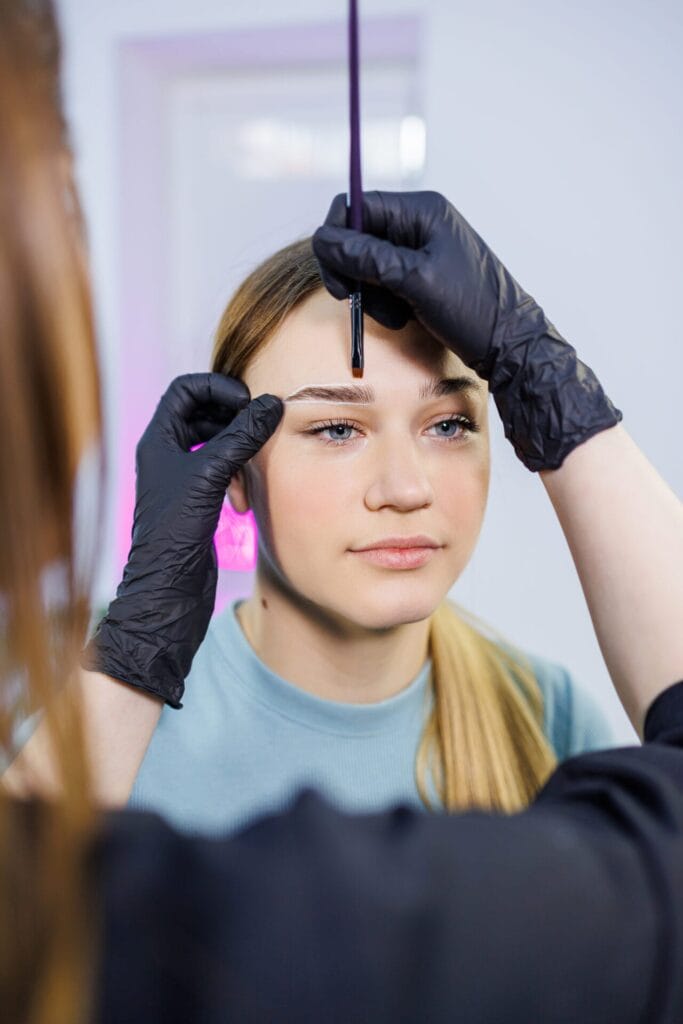
Personalization on a Budget: How to Customize Your Beauty Routine at Home
a) DIY beauty treatments for personalized care
Personalizing your beauty routine doesn’t have to break the bank. There are several DIY treatments that you can do at home to address specific concerns:
– Face masks: Create homemade face masks using ingredients like honey, yogurt, avocado, or oatmeal. These masks can address concerns such as dryness, acne, or dullness. Honey is known for its moisturizing properties and can help soothe and hydrate the skin. Yogurt contains lactic acid, which can gently exfoliate and brighten the complexion. Avocado is rich in antioxidants and healthy fats, making it great for nourishing and rejuvenating the skin. Oatmeal has anti-inflammatory properties and can help calm irritated skin. By using these natural ingredients, homemade face masks can provide a cost-effective and chemical-free solution to various skincare concerns.

